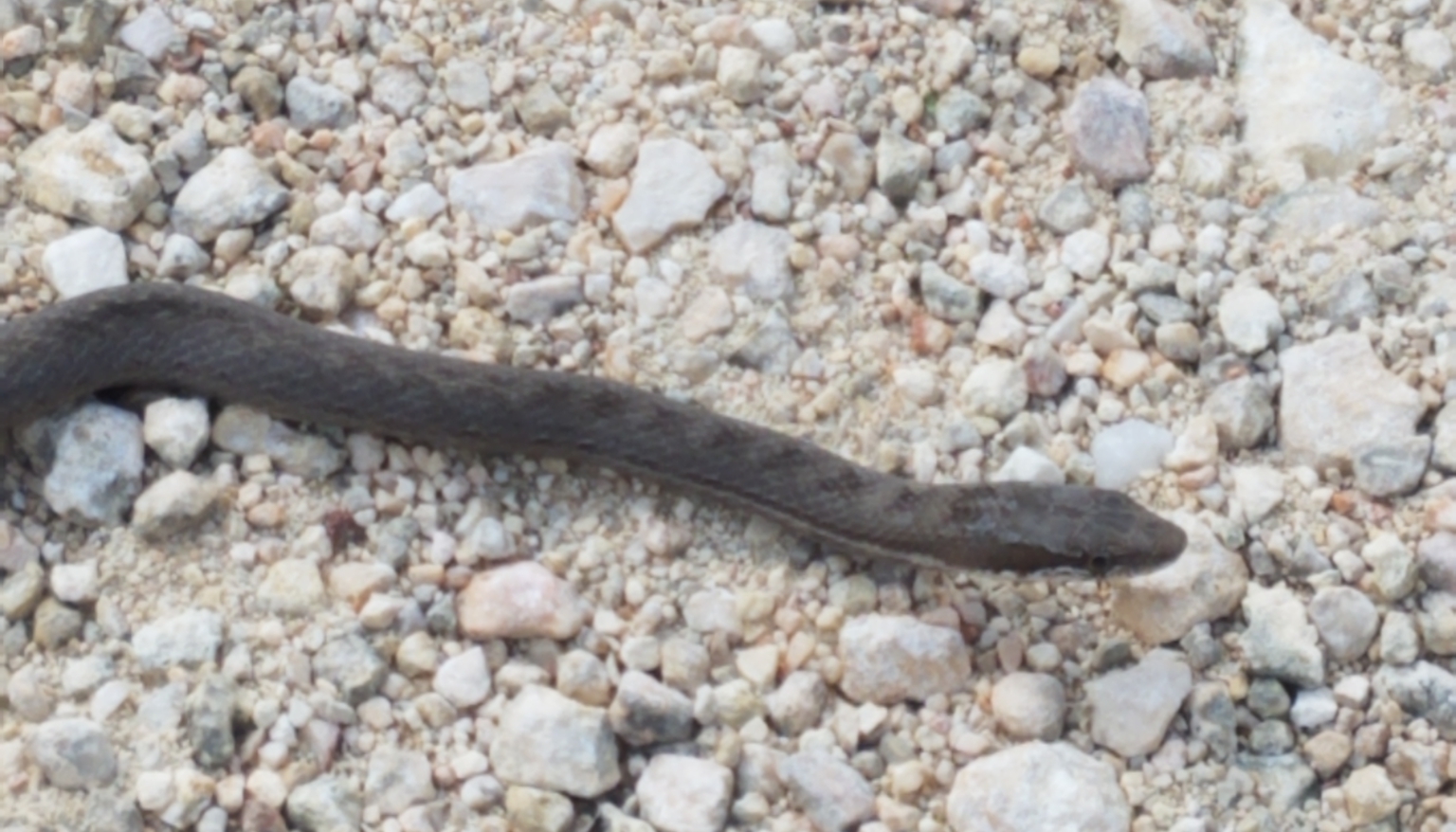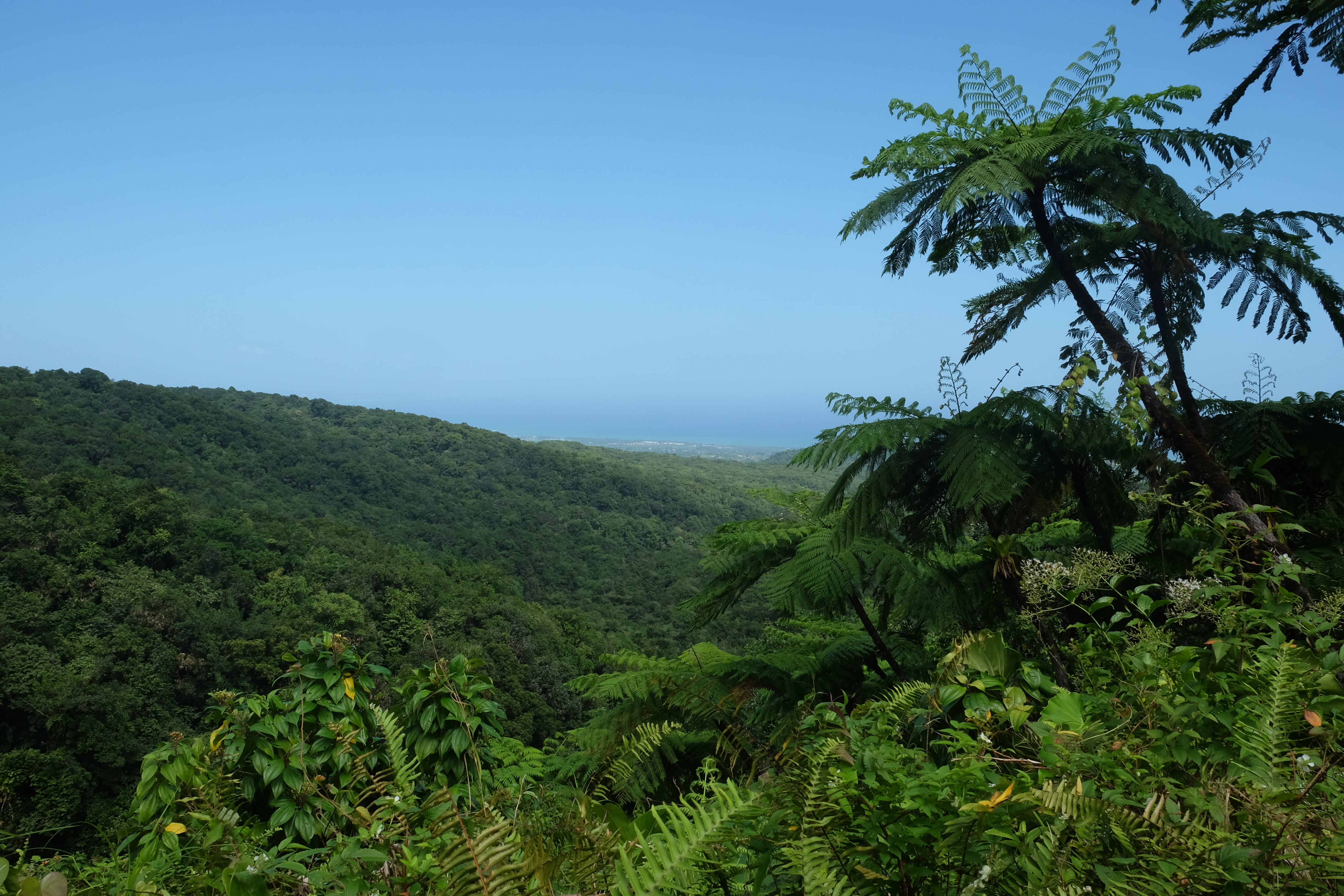Leeward Islands moist forests on:
[Wikipedia]
[Google]
[Amazon]
The Leeward Islands moist forests
 Like many island chains, there are many endemic species in the ecoregion. Species diversity and endemism are higher on the larger islands, and those farther from the mainland, such as Guadeloupe. There are small patches of most forest on the smaller islands, such as Saba, and for this ecoregion the term 'moist forest' includes areas that might also be classified as rain forest or cloud forest. Common species are those of genus ''
Like many island chains, there are many endemic species in the ecoregion. Species diversity and endemism are higher on the larger islands, and those farther from the mainland, such as Guadeloupe. There are small patches of most forest on the smaller islands, such as Saba, and for this ecoregion the term 'moist forest' includes areas that might also be classified as rain forest or cloud forest. Common species are those of genus ''
ecoregion
An ecoregion (ecological region) or ecozone (ecological zone) is an ecologically and geographically defined area that is smaller than a bioregion, which in turn is smaller than a biogeographic realm. Ecoregions cover relatively large areas of l ...
(WWF ID: NT0134) covers the forested areas of the Leeward Islands
french: Îles-Sous-le-Vent
, image_name =
, image_caption = ''Political'' Leeward Islands. Clockwise: Antigua and Barbuda, Guadeloupe, Saint kitts and Nevis.
, image_alt =
, locator_map =
, location = Caribbean SeaNorth Atlantic Ocean
, coor ...
on the northeastern edge of the Caribbean Sea
The Caribbean Sea ( es, Mar Caribe; french: Mer des Caraïbes; ht, Lanmè Karayib; jam, Kiaribiyan Sii; nl, Caraïbische Zee; pap, Laman Karibe) is a sea of the Atlantic Ocean in the tropics of the Western Hemisphere. It is bounded by Mexico ...
, stretching from the Virgin Islands
The Virgin Islands ( es, Islas Vírgenes) are an archipelago in the Caribbean Sea. They are geologically and biogeographically the easternmost part of the Greater Antilles, the northern islands belonging to the Puerto Rico Trench and St. Croix ...
in the west to Gaudaloupe to the southeast. The forested areas are typically in the core interior of the islands, and at the higher elevations of the volcanic islands. Non-forested lower elevations in the region receive less rainfall and are typically semi-arid. A notable feature of the ecoregion is its position in the main hurricane track. The frequent damage to trees produces in many places an uneven forest canopy, and an opening of the canopy that allows more pre-climax trees to grow.
Location and description
The island groups with forests making up this ecoregion are: *United States Virgin Islands
The United States Virgin Islands,. Also called the ''American Virgin Islands'' and the ''U.S. Virgin Islands''. officially the Virgin Islands of the United States, are a group of Caribbean islands and an unincorporated and organized territory ...
(US) - western portion of the islands
* British Virgin Islands
)
, anthem = "God Save the King"
, song_type = Territorial song
, song = "Oh, Beautiful Virgin Islands"
, image_map = File:British Virgin Islands on the globe (Americas centered).svg
, map_caption =
, mapsize = 290px
, image_map2 = Brit ...
(UK) - western portion of the islands
* Saint Kitts and Nevis - the forested areas
* Antigua and Barbuda
Antigua and Barbuda (, ) is a sovereign country in the West Indies. It lies at the juncture of the Caribbean Sea and the Atlantic Ocean in the Leeward Islands part of the Lesser Antilles, at 17°N latitude. The country consists of two maj ...
- a small portion of southern Antigua
* Montserrat
Montserrat ( ) is a British Overseas Territories, British Overseas Territory in the Caribbean. It is part of the Leeward Islands, the northern portion of the Lesser Antilles chain of the West Indies. Montserrat is about long and wide, with r ...
(UK) - the central, mountainous areas
* Guadeloupe
Guadeloupe (; ; gcf, label=Antillean Creole, Gwadloup, ) is an archipelago and overseas department and region of France in the Caribbean. It consists of six inhabited islands—Basse-Terre, Grande-Terre, Marie-Galante, La Désirade, and the ...
(Fr) - about 85% of Basse Terre, the western island
There are also small patches of moist forest on the smaller islands in the region. The Leeward Islands are formed on two arcs; the inner (western) arc features active volcanos and higher precipitation; the outer arc tend towards limestone-capped submerged volcanos and less precipitation.
Climate
The ecoregion has a Tropical climate overall, with individual islands having different levels of precipitation that classify them into eitherTropical rainforest climate
A tropical rainforest climate, humid tropical climate or equatorial climate is a tropical climate sub-type usually found within 10 to 15 degrees latitude of the equator. There are some other areas at higher latitudes, such as the coast of southea ...
(Köppen climate classification
The Köppen climate classification is one of the most widely used climate classification systems. It was first published by German-Russian climatologist Wladimir Köppen (1846–1940) in 1884, with several later modifications by Köppen, notabl ...
(Af)), Tropical savanna climate - dry winter (Köppen climate classification (Aw)), or Tropical monsoon climate
An area of tropical monsoon climate (occasionally known as a sub-equatorial, tropical wet climate or a tropical monsoon and trade-wind littoral climate) is a tropical climate sub-type that corresponds to the Köppen climate classification category ...
(Köppen climate classification
The Köppen climate classification is one of the most widely used climate classification systems. It was first published by German-Russian climatologist Wladimir Köppen (1846–1940) in 1884, with several later modifications by Köppen, notabl ...
(Am)).
Flora and fauna
 Like many island chains, there are many endemic species in the ecoregion. Species diversity and endemism are higher on the larger islands, and those farther from the mainland, such as Guadeloupe. There are small patches of most forest on the smaller islands, such as Saba, and for this ecoregion the term 'moist forest' includes areas that might also be classified as rain forest or cloud forest. Common species are those of genus ''
Like many island chains, there are many endemic species in the ecoregion. Species diversity and endemism are higher on the larger islands, and those farther from the mainland, such as Guadeloupe. There are small patches of most forest on the smaller islands, such as Saba, and for this ecoregion the term 'moist forest' includes areas that might also be classified as rain forest or cloud forest. Common species are those of genus ''Miconia
''Miconia'' is a genus of flowering plants in the glory bush family, Melastomataceae, native to warm temperate to tropical regions of the Americas. The species are mostly shrubs and small to medium-sized trees up to 15 m tall. The generic name ...
'' and '' Clusia ''. In less disturbed areas the common species is '' Dacroydes excelsa''. At higher elevations, palm trees are common, such as the mountain cabbage palm '' Euterpe globosa''.
The most common mammals in the ecoregion are bats; the ten recorded species include the endangered Guadeloupe big brown bat (''Eptesicus guadeloupensis
The Guadeloupe big brown bat (''Eptesicus guadeloupensis'') is a species of vesper bat. It is found only on the island of Guadeloupe. It is one of the eleven species of bat found on Guadeloupe, and one of three that are endemic.
Taxonomy and ety ...
'') and the vulnerable Thomas's yellow-shouldered bat (''Sturnira thomasi
The Thomas's yellow-shouldered bat (''Sturnira thomasi'') is a species of bat in the family Phyllostomidae. It is endemic to Guadeloupe.
Taxonomy
The genus ''Sturnira'' is known from six islands in the Lesser Antilles with Montserrat
M ...
'')

Protected areas
Over 76% of this ecoregion (the forested areas, not the entire islands) is in an officially protected area, including: *Virgin Islands National Park
The Virgin Islands National Park is an American national park preserving about 60% of the land area of Saint John in the United States Virgin Islands, as well as more than of adjacent ocean, and nearly all of Hassel Island, just off the Charlo ...
, in the US Virgin Islands
* Guadeloupe National Park
Guadeloupe National Park (french: Parc national de la Guadeloupe) is a national park in Guadeloupe, an overseas department of France located in the Leeward Islands of the eastern Caribbean region. The Grand Cul-de-Sac Marin Nature Reserv ...
, in Gaudeloupe
* Centre Hills (Forest Reserve on Montserrat)
References
{{reflist Neotropical ecoregions Ecoregions of the United States Ecoregions of the United Kingdom Ecoregions of France Tropical and subtropical moist broadleaf forests